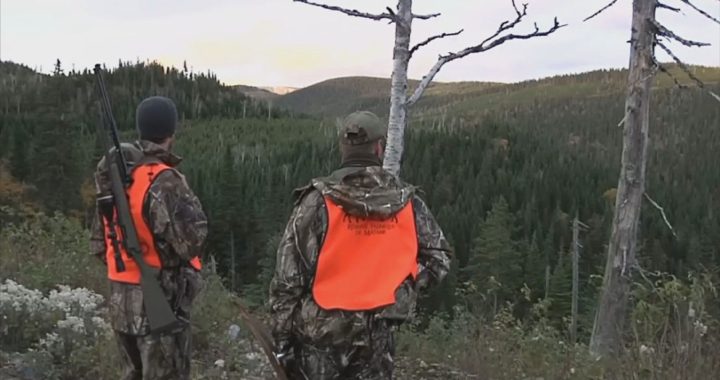A review by Manitoba’s children and youth advocate has determined a First Nations teen fatally shot by police had been unable to get consistent help from various government systems.
In her latest report, called “Memengwaa Wiidoodaagewin” or “Butterfly Project,” Sherry Gott looked at the circumstances of Eishia Hudson and the life she lead up until her death.
“Like a butterfly fluttering from one flower to another, Eishia touched upon numerous service areas, but struggled to find support within these systems,” said the report released Thursday.
“Despite this, her spirit radiated compassion and care, leaving a profound impact on those around her.”
The 16-year-old was shot after a chase in a stolen Jeep following an alleged robbery at a liquor store on April 8, 2020. At the time, Winnipeg police said Hudson was driving the Jeep when it ran into a police cruiser and several other cars.
The advocate’s office does a review whenever a child or youth was receiving public services in the year before their death.
The advocate’s report looks at the education, mental health and child welfare services Hudson and her family received throughout the teen’s life to determine whether any changes are needed to prevent similar situations.
Gott made four recommendations in her report: the development of protocols for police when they interact with youth in crisis; youth input in the province’s creation of a public safety training strategy; a review of academic programs meant to provide wraparound services and an expansion of those services.
Her office cannot make any findings of legal responsibility. The review does not include an evaluation of Winnipeg police members’ actions.
The Independent Investigation Unit, Manitoba’s police watchdog, recommended not charging the officer involved. It said video taken by a driver stopped at a nearby traffic light showed officers were in danger of being hit by the vehicle.
Hudson’s family described her as a colourful person with the “ability to brighten a room with her humour and laughter.”
“She was the one who held the family together,” her family recalled in the report.
Hudson was the youngest of four children from both her parents and the fifth in a blended family of eight. She enjoyed sports and excelled at school when she was provided the appropriate support.
Hudson lived in Winnipeg and Berens River First Nation in eastern Manitoba throughout her childhood.
She spent time in government care while both her parents were incarcerated, which created “instability in her life, compounded by moving between different foster homes and emergency placement shelters.”
Hudson’s paternal grandmother was forced to attend a day school, which greatly affected the teen’s father. In the report, he spoke of his own time living in foster and group homes.
The report determined there were times adults, as well as government and school systems, were able to provide Hudson with the supports she needed to cope with the challenges she was experiencing.
But it noted there were times, specifically toward the end of her life, where Hudson did not receive support.
“Eishia’s times of uncertainty were apparent during tumultuous transitions, circumstances beyond her control and social pressures which accompanied her teenage reality,” the report said.
The report noted that adults described Hudson as someone who could be easily influenced by her peers and required specialized supports in school.
A 2018 note from her child and family services file expressed concern that if Hudson did not receive the appropriate support, she could become involved with the justice system or be hurt.
The report said those close to Hudson observed significant changes in her personal life, school attendance and peer group in the months before her death.
Part of the report included interviews with Indigenous, Black and other youth of colour who spoke about their interactions with police, many of which were marred by violence, threats and racial discrimination.
“The story would be incomplete without acknowledging the complex relationship between Indigenous Peoples and the police.”










